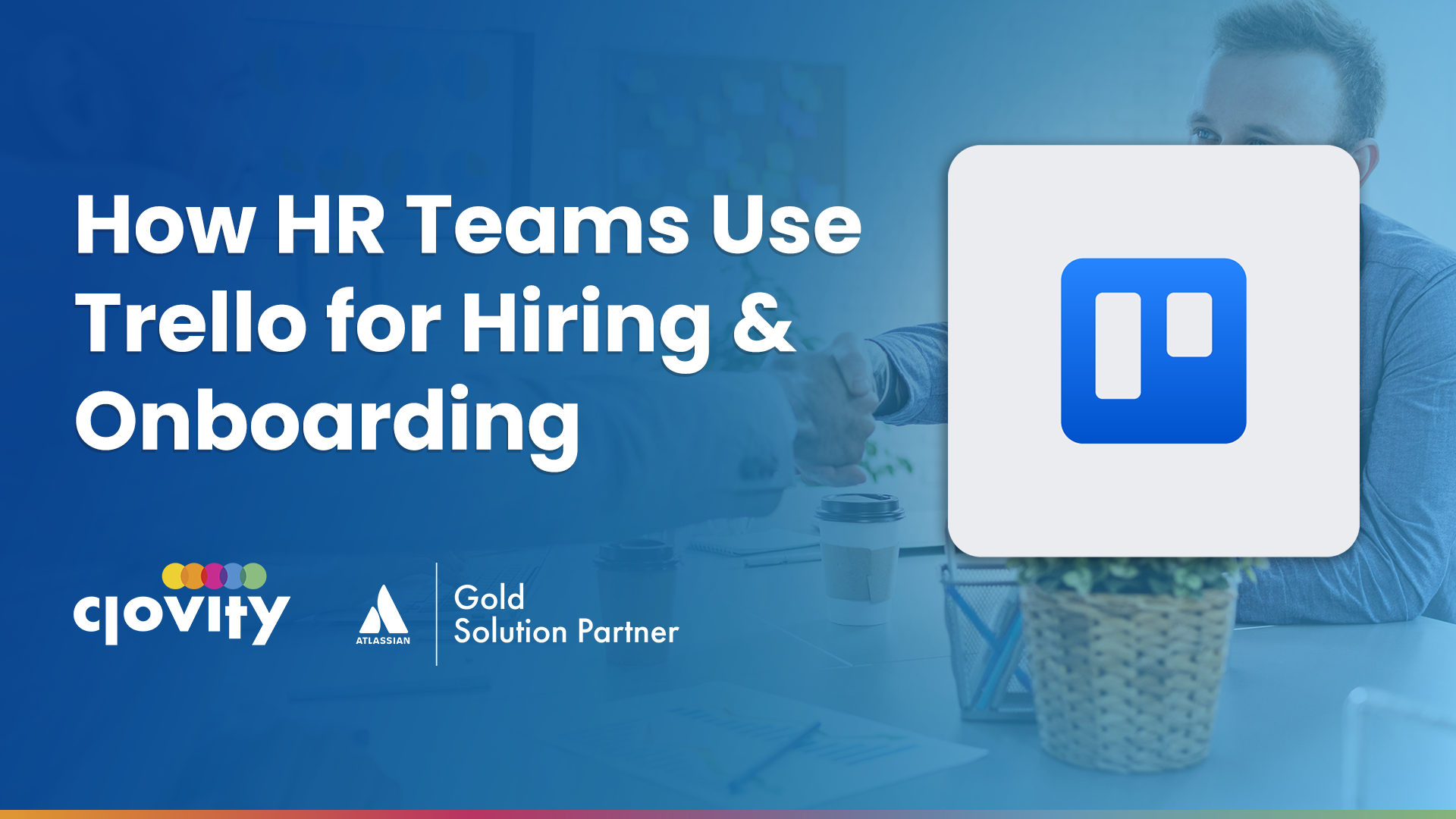Hiring and onboarding new employees is a detailed, multi-step process that requires coordination across departments, consistent communication, and organized documentation. Many HR teams rely on spreadsheets or email threads to manage thisâbut these methods often lead to version confusion, missed steps, and a lack of visibility into progress.
Trello offers a structured, visual approach that helps HR professionals stay organized from the moment a position opens to the day a new hire is fully onboarded. With customizable boards, lists, and cards, Trello supports every step of the hiring and onboarding journeyâwhile being intuitive enough for anyone on the team to use.
Why Trello Works Well for HR
At its core, Trello is a simple but powerful collaboration tool. It organizes tasks into boards (projects), lists (stages), and cards (tasks). For HR teams, this structure maps naturally to workflows like recruiting, interviewing, document collection, and new hire training.
Trelloâs transparency gives team members a shared understanding of where things stand. Whether itâs tracking applicant statuses or ensuring onboarding steps are completed, everything is visible in one place. Automation and integrations further reduce manual tracking and keep processes moving on schedule.
Letâs explore how Trello supports HR teams specifically in two key functions: hiring and onboarding.
Setting Up a Hiring Workflow in Trello
Hiring typically follows a series of defined steps: sourcing candidates, evaluating resumes, conducting interviews, and extending offers. Trello helps HR teams map this process into a board with lists representing each stage.
Example Hiring Board Structure
- Job Open
Cards for each open position. These serve as placeholders for applications and allow the team to manage job descriptions and sourcing links. - Applicants â New
As applications come in (via job portals or linked forms), new candidates are added as cards here. - Screening
Cards move here when resumes are under initial review. - Phone Interview
Candidates invited for initial interviews are tracked in this list. Include interview dates in card due dates. - Technical/Manager Interviews
For candidates moving on to more detailed interviews or panel rounds. - Offer Extended
Cards moved here when offers are made. Include offer details and expected response timelines. - Hired
Once a candidate accepts, their card moves here. Attach documents or next steps for onboarding. - Not Selected
Archive cards here for record-keeping.
Automating Routine Steps with Butler
Trelloâs Butler automation helps reduce manual follow-up work. Here are a few useful hiring-specific automations:
- Move a card to âPhone Interviewâ when a checklist item “Phone screen scheduled” is checked
- Add a due date 3 days after a card is moved to âOffer Extendedâ
- Auto-assign an HR team member when a new card is added to the âApplicants â Newâ list
- Archive cards in âNot Selectedâ after 30 days to keep boards tidy
Tracking Metrics and Reporting
Though Trello isnât a full-scale applicant tracking system (ATS), you can still gather useful metrics:
- Use labels to track which department has the most active hiring
- Apply checklists to count completed interviews
- Export data to CSV for deeper analysis or reporting
- Integrate with tools like Google Sheets or Zapier for custom dashboards
Building an Onboarding Board
Once a new hire is confirmed, onboarding kicks in. Trello is a great way to guide new employees through their first few weeks while ensuring nothing is missed from the HR or IT side.
You can set up an Onboarding board in two ways:
1. One board per employee
This gives each new hire their own dedicated space with all their onboarding steps.
2. One shared board with cards per new hire
Best for tracking multiple hires at once.
Letâs explore a sample layout for the second option.
Trello Card Template for New Hire
Each new hire card might include:
- Name, role, start date
- Manager name and department
- Attachments: signed documents, welcome packet
- Checklists:
- Day 1 tasks
- Week 1 milestones
- 30-day goals
- Links to training portals or internal resources
- Comments from managers or onboarding coordinators
Considerations and Limitations
Trello isnât a full replacement for specialized HR systems if you need:
- Automated background checks or e-signatures
- Deep analytics or time tracking
- Advanced compliance workflows
However, for teams that need flexibility and visibility without heavy configuration, itâs a reliable and cost-effective option.
Final Thoughts
Hiring and onboarding are critical moments in an employeeâs journey, and how well theyâre managed reflects directly on the companyâs culture and efficiency. Trello helps HR teams organize these processes with structure, consistency, and visibilityâwithout adding complexity.
Whether your team is hiring a handful of roles a year or onboarding employees every week, Trello gives you the tools to manage it all in a centralized, collaborative environment.
đ§ Contact us at sales@clovity.com or visit đ atlassian.clovity.com to get started today.


